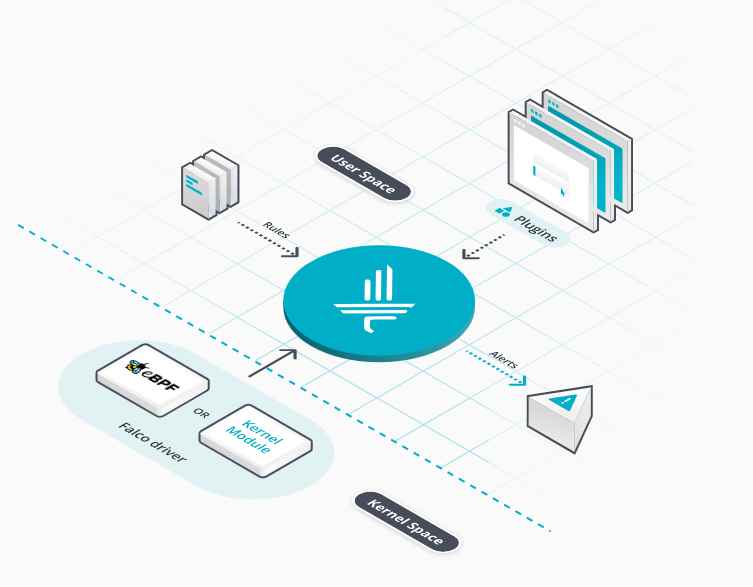As education rapidly transitions to virtual settings, defending against cyberattacks becomes more crucial in the education sector. The current state of school cybersecurity is frightening. By 20212, the majority of American schools have suffered a security breach, and as of 20223, the education sector is the primary target of cyber attacks. Simply said, fraudsters perceive schools as easy targets because they store large volumes of personnel and student personal information.
Despite the fact that several institutions have implemented cybersecurity safeguards, others are failing owing to budgetary restrictions. However, what are some fundamental and very successful actions that students, instructors, and IT managers of a school should take? Students, professors, and staff in an educational setting need a mix of educational and IT security solutions to secure themselves and their data. Here is a collection of ideas for students, instructors, and IT managers to facilitate comprehension.
1. Establish explicit cybersecurity standards for personnel
Have you created password security guidelines? Create a list of basic best practices that everyone should adhere to, such as the following:
- Safeguard identity and localization by turning off geotagging on your Android or iOS device and instruct your students to do a vpn setup download. By concealing your IP address, you add an additional degree of protection and safeguard your sensitive information. In addition, it encrypts your web traffic, preventing hackers from gaining access to your location.
- Students should refrain from disclosing personal information such as age, address, phone number, and any other personally identifying inform
- Never use the same password for several websites or services. Instead, use distinct passphrases on each site.
- Never record passwords on post-it notes or “cheat sheets” where they may be accessed by pupils.
- Do not disclose sensitive information on social media. This compromises your safety.
- Be wary of any unexpected demands for your personal information.
Then, ensure that kids and instructors are aware of your cyber safety regulations and how your filtering policies contribute to the safety of the community.
2. Engage parents and educators
It is crucial to educate teachers and parents on cyber safety best practices so they can instill safe behaviors in their children. Educated and empowered instructors impart their cyber safety knowledge to kids, and informing parents of their safety measures is a terrific approach to encourage them to speak with their children at home about online safety.
3. Secure your virtual classroom
With always-online classes, the last thing you want is a stranger to enter your virtual classroom. Accessing the virtual classroom solely from trustworthy networks and not publishing the connection to the virtual classroom in a publicly available location will help you handle this issue more effectively.
4. Prevent access to malicious websites and material
Email attachments, websites, ads, social networks, proxy sites, and unpatched software may harbor malware. Again, this is where the content filter at your school comes into play.
5. IAM Solution
The identity and access management (IAM) solution will aid in the prevention of unwanted network access. Choose a solution that is compatible with both on-premises and cloud services. Additionally, adaptability should be one of the primary priorities.
6. Multi Factor Authentication (MFA)
Enable multi-factor authentication (MFA) on all appropriate endpoints on your networks to bolster the cybersecurity framework of your educational institution. MFA authentication may be performed using hardware tokens, software tokens, voice biometrics, and other methods.
7. Sign-in only (SSO)
Faculty and students may be required to log in many times to obtain data from various departments. The elimination of the need to remember passwords for numerous departments and the implementation of single sign-on, which allows users to securely access all apps through a single web portal, may save time and boost productivity.
8. Create frequent backup copies
Creating a backup copy of the information is crucial in the case of a ransomware attack, as it guarantees we have a copy of the information, thus preventing its loss.
Due to our hyper-connectivity, the risks have escalated at all levels as a result of the increasing use of technology in all aspects of our everyday lives, particularly after pandemics that have swept the globe. The education industry has also been impacted by different global threats. This implies that the industry must include cybersecurity into the educational system in order to prepare for future issues. Although no sector is immune to this sort of occurrence, the education sector requires heightened security owing to the sensitive information it handles and the public’s reliance on it.

Working as a cyber security solutions architect, Alisa focuses on application and network security. Before joining us she held a cyber security researcher positions within a variety of cyber security start-ups. She also experience in different industry domains like finance, healthcare and consumer products.











